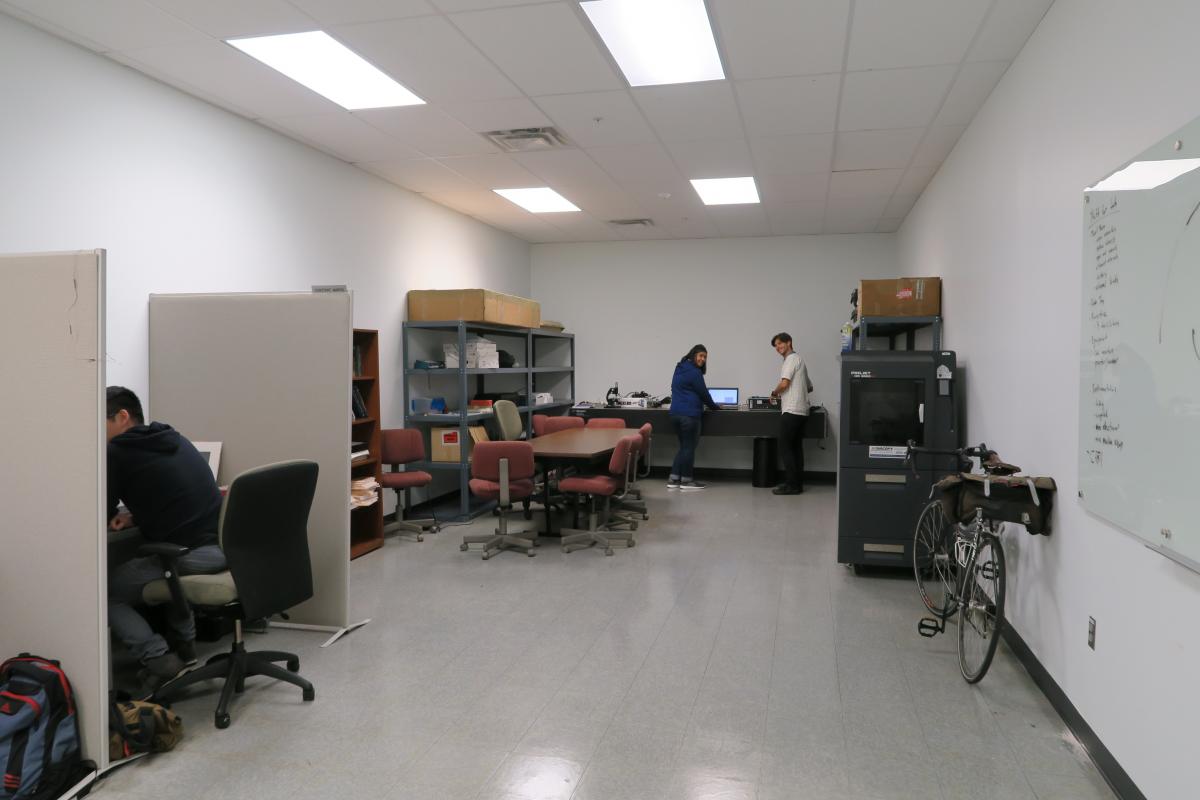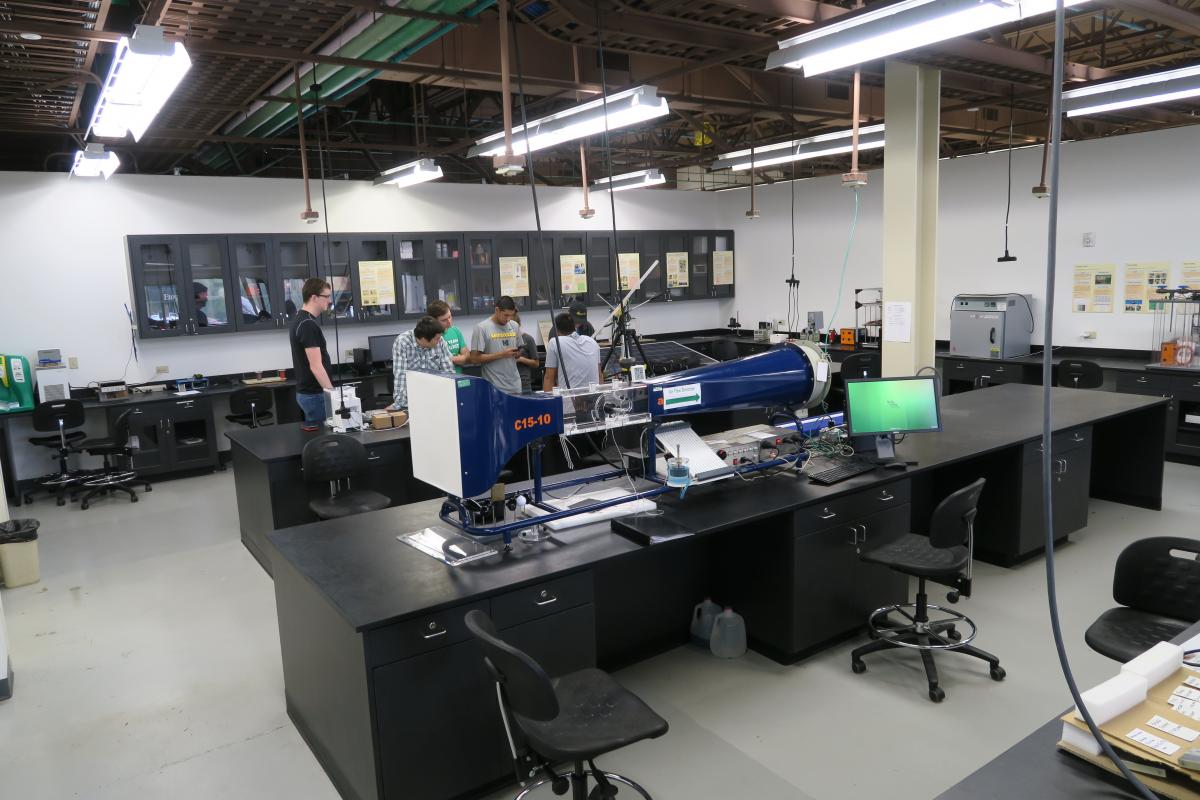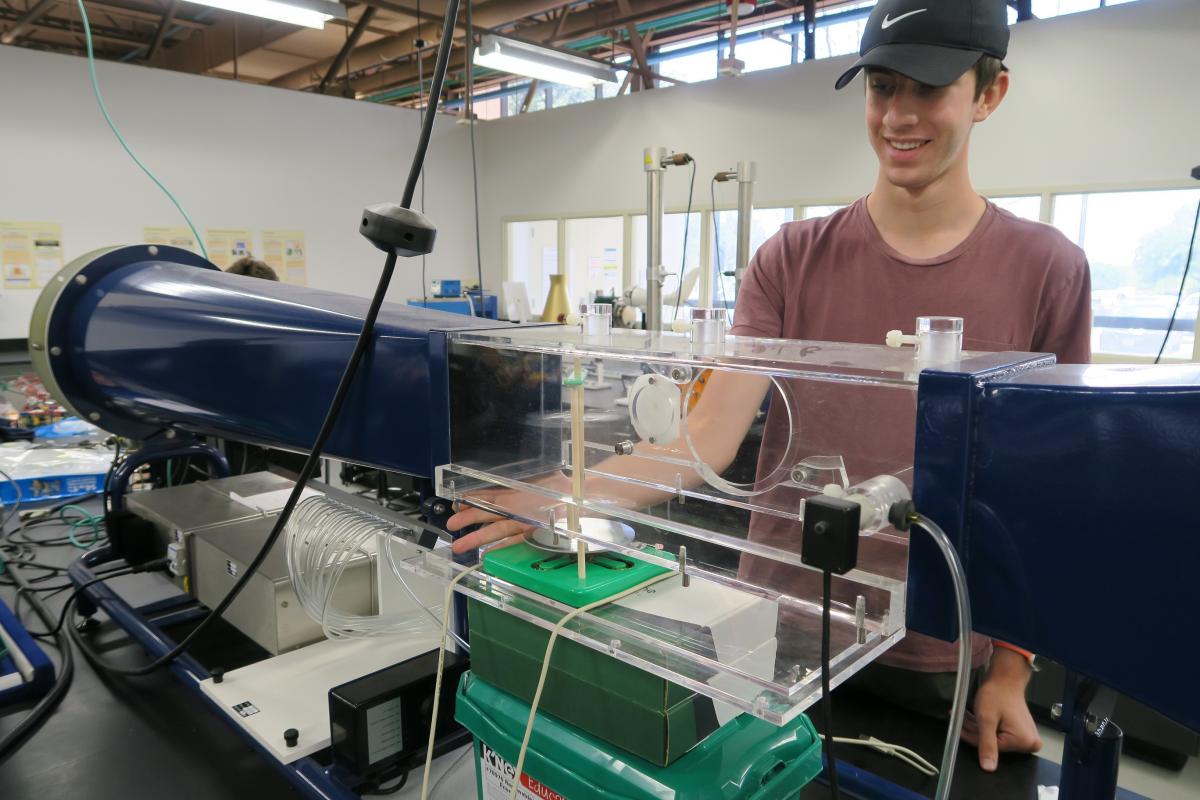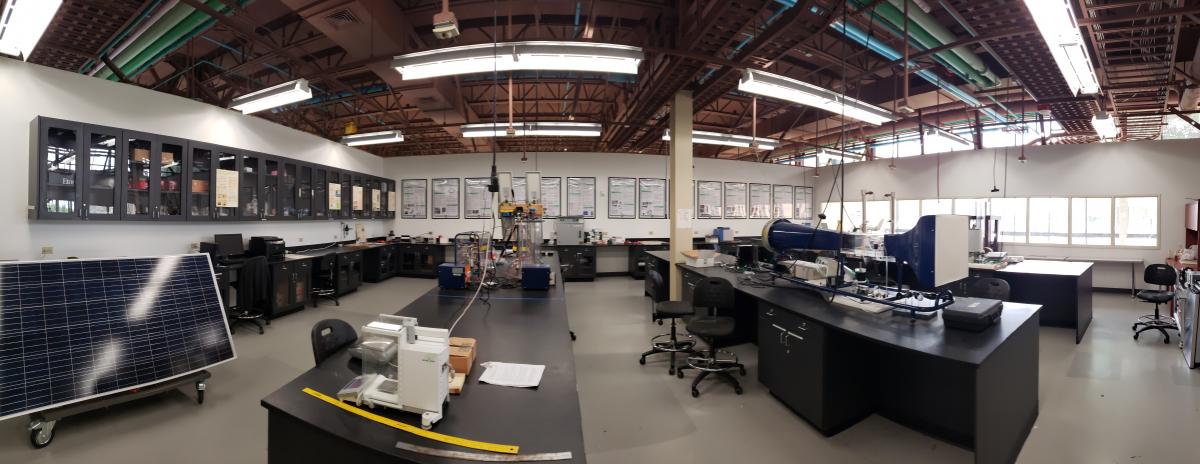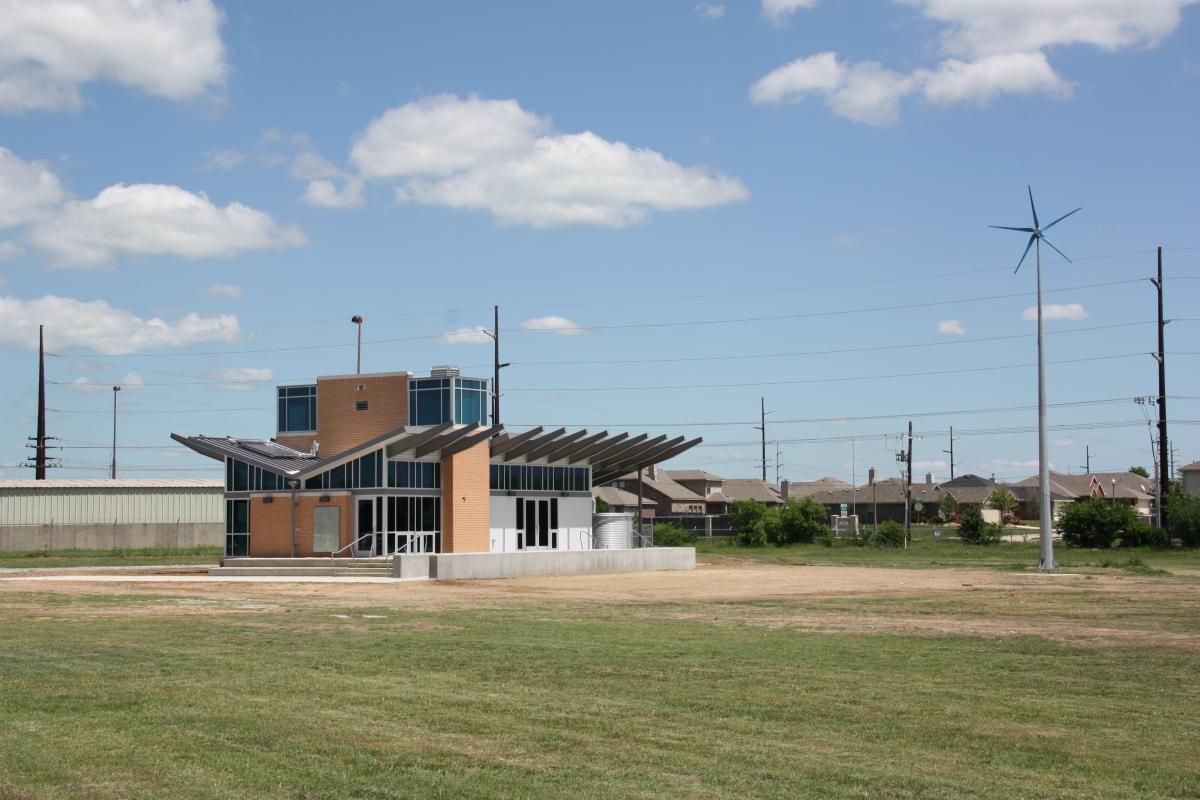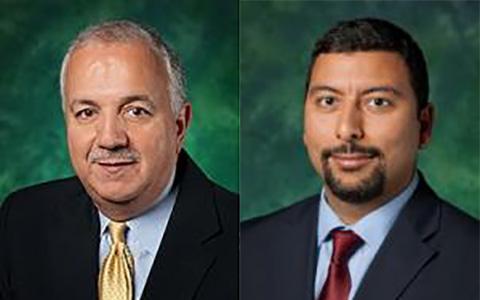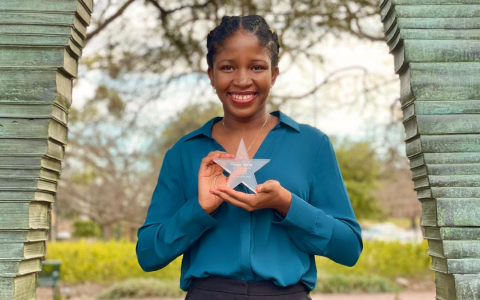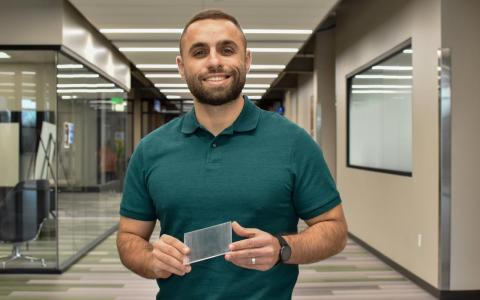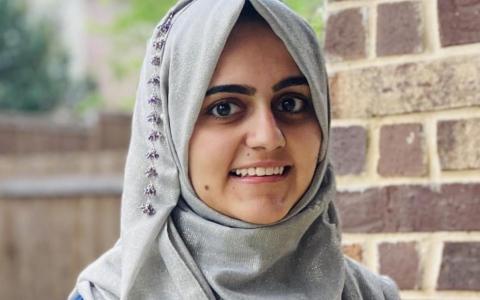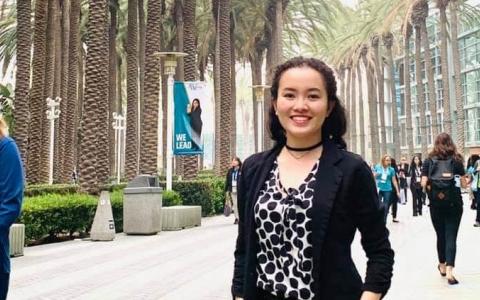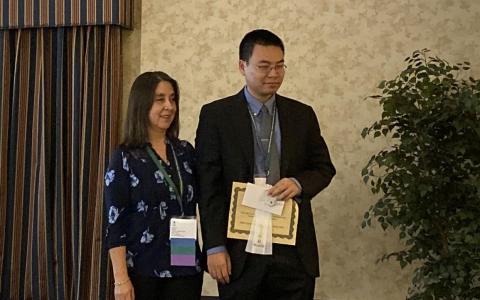This lab is used in support of field-based environmental monitoring of air pollutants. Measurement of environmental contaminants in the ambient atmosphere and indoors is conducted using state-of-science compliance grade monitors for ozone, fine particulate matter, oxides of nitrogen, carbon monoxide, carbon dioxide, volatile organics, and toxic compounds. In addition, meteorological parameters are measured using weather stations. Routine testing and calibration of monitors are performed here. The lab is also used for the development and evaluation of low-cost and low-energy portable sensors for measurement of environmental para-meters including concentrations of air pollutants in the ambient atmosphere.
